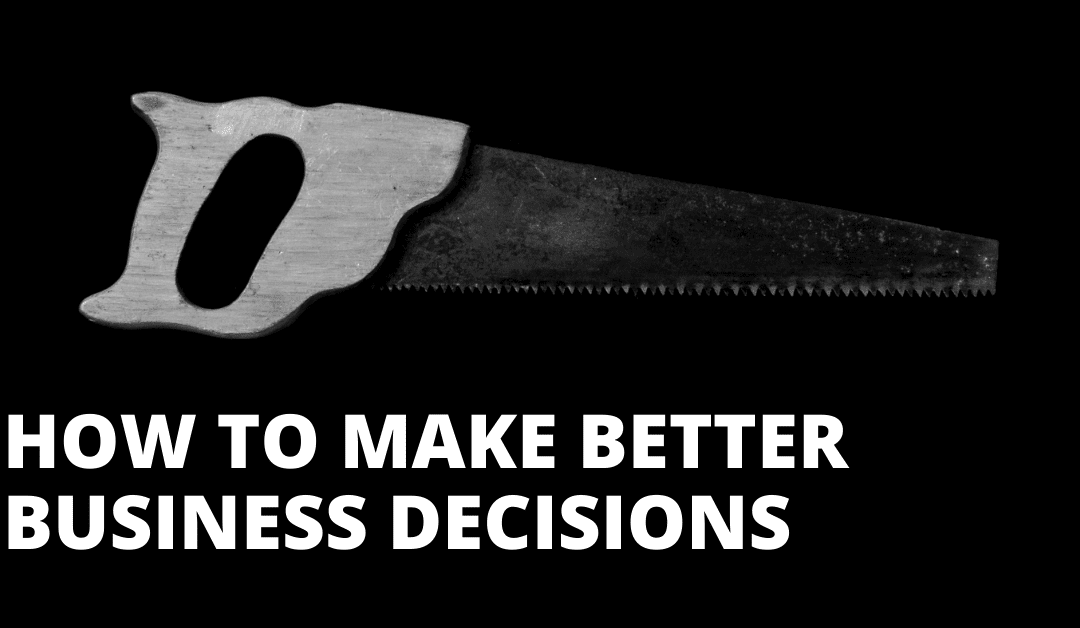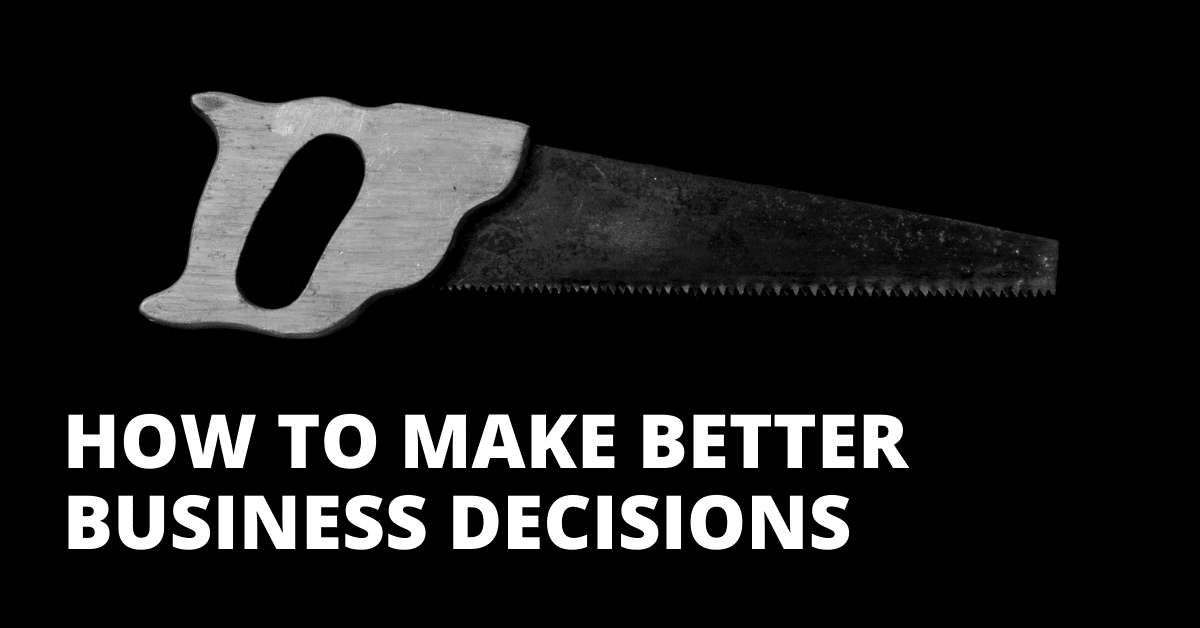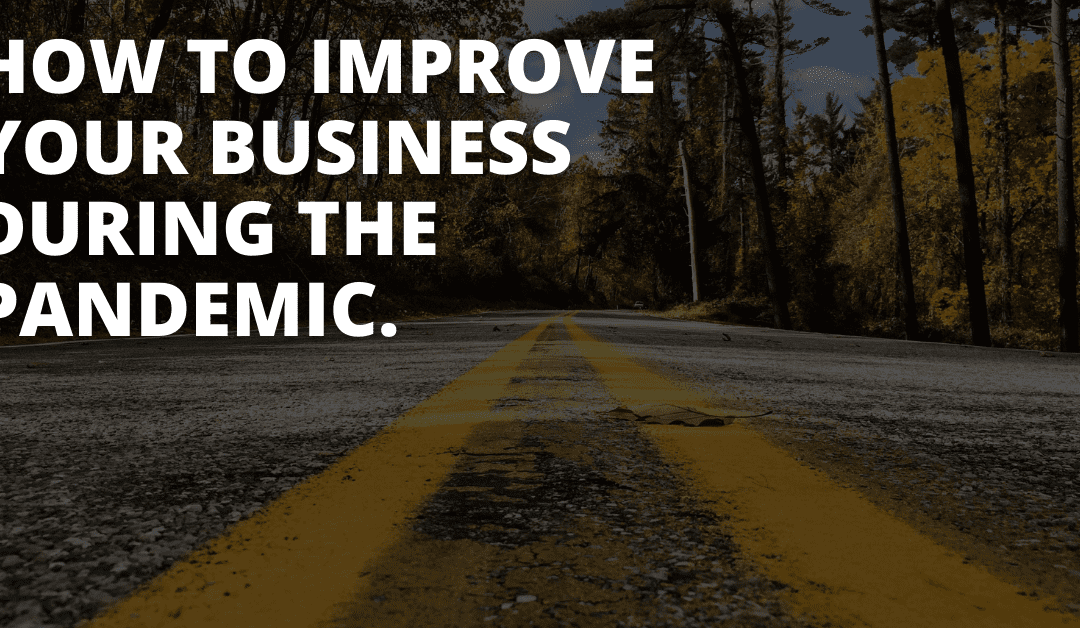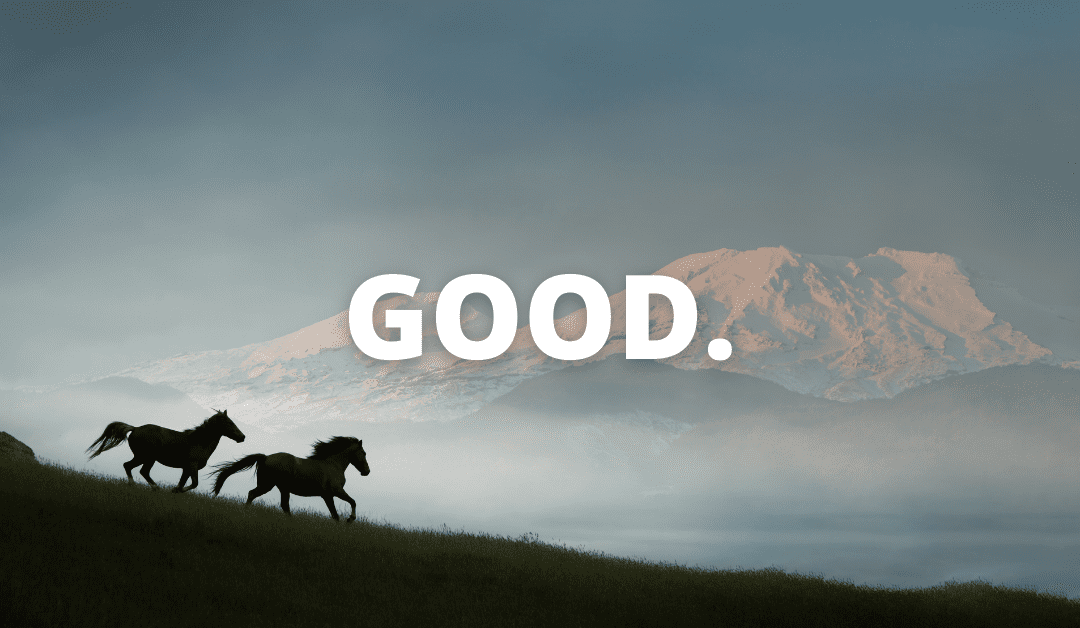
How to Make Better Business Decisions
How to make better decisions
A repeatable way to make better business decisions.
Do you have a systematic “process” for making better business decisions?
I built a tool to help organizations, first for the company I was at, then more broadly for clients, to gain deeper clarity into diverse perspectives, better understand and articulate your own point of view, and when combined with a healthy dialogue, surface better solutions to whatever challenge your company faces.
Use it, change it, and share it if you like, but please give me feedback so we can continue to make it better.
I currently use a combination of a website form, Google Sheets, and some Zapier magic to organize the responses, but you could use other tools to get it done – even a pen and paper!
If you’d like a PDF version of the questions, let us know where to send it.
[fluentform id=”1″]

My form is organized into five sections with questions clustered around topics to stimulate responses that might otherwise go unexplored and help you make better business decisions.
Section 1
Decide what you are hoping to make a better business decision about.
Question:
What is the decision you are considering?
Section 2
What are you trying to accomplish or avoid with this decision?
Questions:
- What are we trying to accomplish?
- What is the primary reason for doing this?
- What outcome are we trying to get by doing this?
- Is there a phase or time where this decision will be more or less needed? Does it need to happen now?
Section 3
How does this decision align with our mission, objectives, and KPIs?
Questions:
- How does this align with our mission long term?
- How does this align with our objectives over the next quarter?
- How does this align with our objectives over the next year?
- Why should we do this?
- What opportunities do we create by doing this?
- How is this good for our company?
- What results would this decision achieve to cause us to look back a year from now with hell yes! appreciation?
If you’d like a PDF version of the questions, let us know where to send it.
[fluentform id=”1″]
Section 4
What risks are we exposing ourselves too? The idea here is to play devil’s advocate even if you are in favor of the decision. What could go wrong if it doesn’t go right?
Questions:
- How could this decision harm us?
- What are the risks you’ve identified with this decision?
- What are the risks you’ve identified with this decision?
- What are other areas of our business could this impact?
- What would happen if we didn’t do this?
Section 5
Anything Else? An open question for anything not covered in the other sections.
Questions:
- Anything else you’d like to say or ask about the decision?
- Who else should answer these questions on this decision?
Conclusion
This is what I’ve used to help my companies and coaching clients make better decisions. What do you think? Is this a format you would use? If not, how can we make it better?
If you have a WordPress website (or want one) check out our WordPress Website Management service. We can do thing like turn these questions into a form on your website that automatically gets emailed to all the people you want to have it!
Not only is it a great way to stay focused on your business, our team will keep your website updated and running fast and secure.
If you’d like a PDF version of the questions, let us know where to send it.
[fluentform id=”1″]



 WestEnd Advisors
WestEnd Advisors